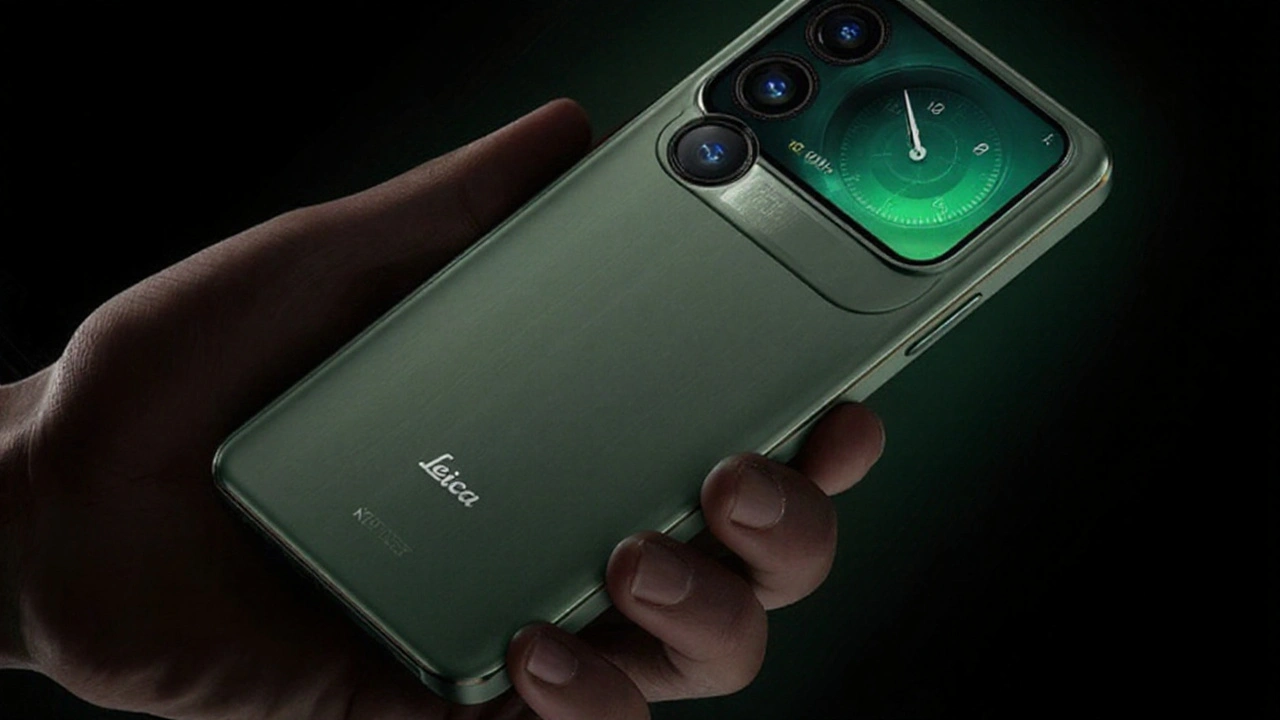Rear Screen Smartphone
When exploring rear screen smartphone, a mobile device that adds a secondary display on the back panel. Also known as rear‑display phone, it lets users multitask, preview content, or use the rear screen as a dedicated camera viewfinder.
One popular spin on this idea is the foldable smartphone, a device with a flexible hinge that expands a single screen into a tablet‑size panel. Another branch is the dual‑screen device, a phone that carries two fixed displays, often one on the front and one on the back. Both formats rely on advanced mobile display technology, OLED or mini‑LED panels that can be thin, bright and energy‑efficient. The rear screen also pairs well with high‑resolution smartphone camera, a sensor that benefits from an unobstructed view when the back panel doubles as a viewfinder. Together, these elements create a richer user experience, letting you watch videos while the front screen stays free for calls or notifications.
Why rear screen smartphones matter today
Consumers want more screen real‑estate without making phones bulkier. A rear screen smartphone offers that extra visual space for gaming widgets, fitness stats, or quick photo previews. Manufacturers can differentiate their lineup, and developers get a new canvas for innovative apps that adapt to dual displays. The trend also pushes OLED manufacturers to improve durability, because the back screen must survive daily handling.
Below you’ll find a curated mix of articles that dive into recent releases, performance benchmarks, and practical tips for getting the most out of a rear‑screen device. Whether you’re weighing a foldable flagship or a budget dual‑screen phone, the collection gives you the facts you need to decide.

Xiaomi 17 Pro Max flips the script with rear screen and 7,500 mAh battery
Keabetswe Monyake Sep 27 5Xiaomi rolls out the 17 series, led by the 6.9‑inch Pro Max that adds a 3.4‑inch rear touchscreen and a 7,500 mAh battery. The device couples a Snapdragon 8 Elite Gen 5 chip with a 120 Hz AMOLED and a triple‑50 MP Leica camera. Xiaomi’s HyperOS on Android 16 promises genuine dual‑screen workflows for gamers, creators and travelers. Fast‑charging, bright displays and a practical rear screen set it apart from other flagships.
More Detail